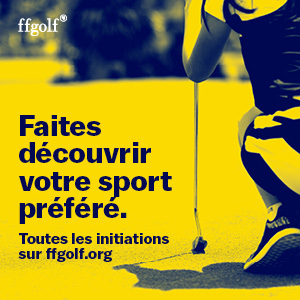Posted on May 22, 2018 in Life Style.
Chronicle of Kristel Mourgue d'Algue: The challenges of modern swing
In search of the perfect swing, different theories clash regularly with every 15/20 years the emergence of a preponderant current of thought. From the study of Ben Hogan's incredibly “simple” and effective movement, to the all-connected “one piece” of Jimmy Ballard, to David Leadbetter's new A-swing, the quest for the Grail remains stubborn.
About Kristel Mourgue d'Algue
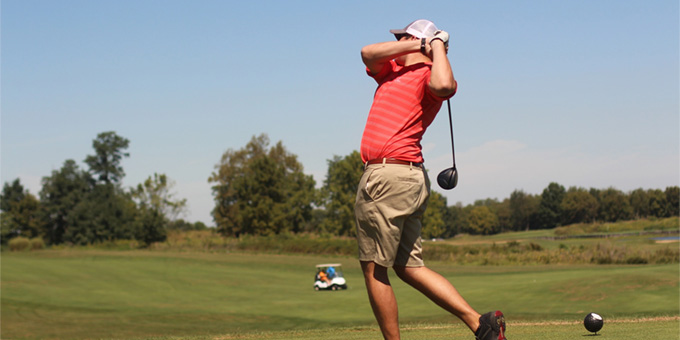
© Pixabay
The dominance of Tiger Woods in late 1990 / early 2000, and with it, the surge in more than doubled gains in the space of a decade on the American circuit, led to the attempt to replicate his aggressive movement, based on a level of physical preparation never achieved before. Modern swing as we hear it today was born ... but a few years later, injuries seem to occur more often among professionals but also younger. Is the future of one of the most complex sporting gestures in existence in limbo?
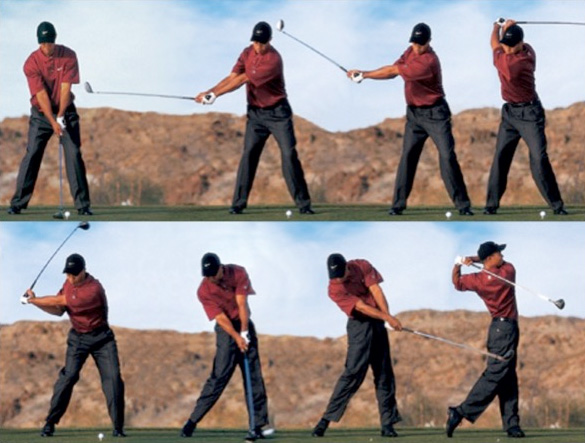
Tiger Woods' 'modern' swing - Photo: DR
From a long and loose swing, based on a generous rotation of the lower body, the ideal gesture became over the years shorter, anchored to the ground in order to allow maximum differentiation between the lower and the upper body. The pendulum movement has turned into a more explosive movement; the objective is to store as much power as possible during the climb in order to be able to release it on impact with a hyperextension of the left knee (especially with long clubs).
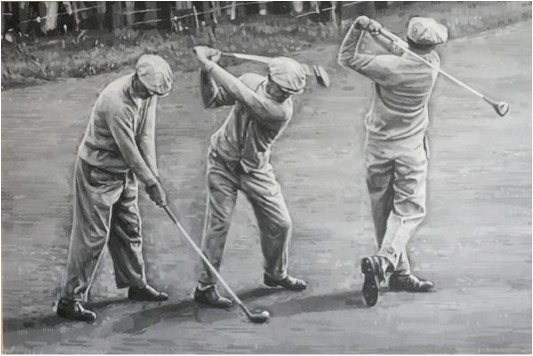
The swing of Ben Hogan (1912-1997) - Photo: DR
This "power swing" and in particular "rooting" on the ground, causes more tension in the lower back and in the left knee on the "downswing". A shortened gesture also means less time to complete the transition back. The pros, who have become for the most part true athletes and who generate an average club speed of 190 km / h with their drive, had to adapt their physical work in order to succeed in producing such a swing and withstand the considerable training doses. which go hand in hand with fierce and growing competition. According to American orthopedic surgeon Sandy Kunkel, "the intensity of the current swing on the body is worrying as athletes in their twenties are already exposed to trauma" (The Guardian, 18/01 / 2017).
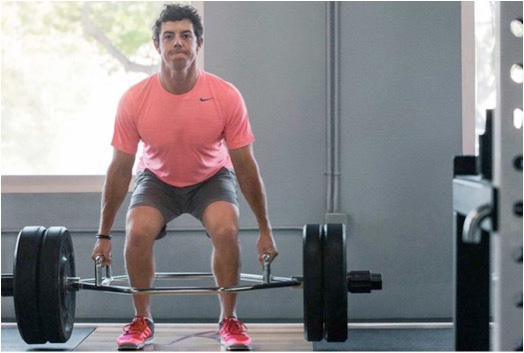
Rory McIlroy has become a fan of the gym - Photo: DR
So far, very few injuries appeared to be related to the swing itself. Only the famous American commentator Johnny Miller, who invented himself a "lumberjack" on his ranch in the winter of 77, when he was at the height of his glory (he won 10 tournaments from 74 to 75 and had just won the British Open at Royal Birkdale in 1976), broke his career in the hope of gaining muscle volume… At present, the best golfers in the world who nevertheless benefit from a team of experts around them, are not free from physical trauma. Thus the former world number 1, the 28-year-old Northern Irishman Rory McIlroy, had to put his rods down for more than three months last year, due to serious trauma to the ribs during "too intensive sessions of testing. clubs ”(BBC 14/08/2017). The Japanese Hideki Matsuyama, 25 years old and current 6th player in the world, was forced to forfeit for pain in his left wrist on the Friday of the Waste Management Phoenix Open in early February. The winner of the 2017 US Open and yet robust 27-year-old American, Brooks Koepka, likewise put his rods away in mid-January due to complications on his wrist ...
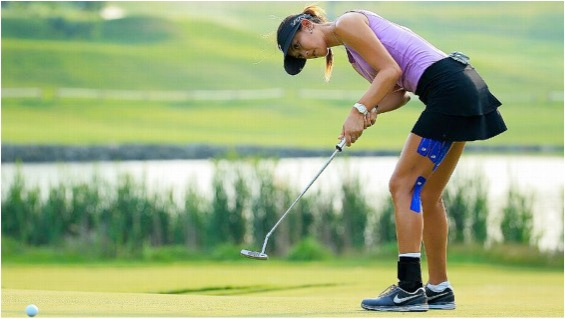
28-year-old American Michelle Wie - Photo: DR
As for the proets, they are found almost as affected by the wounds as the men. Thus the 28-year-old American Michelle Wie has "become a walking corpse" according to her English coach David Leadbetter who has been following her since she was 13, with pain in both wrists, neck and back discs. The "Pink Panther", the American Paula Creamer aged 31 (10 wins on the LPGA * 1 including 1 Major), for her part, has finally announced her return to competition in mid-March after an operation. on the wrists last October. On the French side, the young and talented 23-year-old golfer, Perrine Delacour, who is one of the five French players also playing on the LPGA, has been injured three times in three years ...
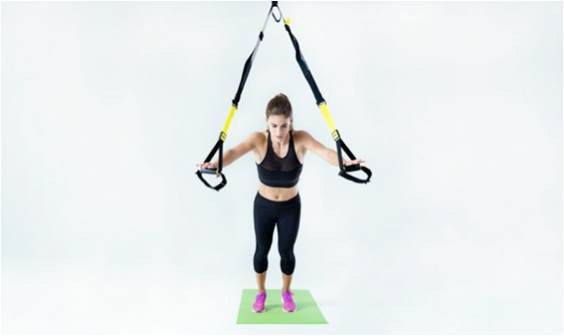
Spain's Ana Belen Mozo, 5 top 10 on the LPGA - Photo: DR
It remains difficult to say without reservation that modern swing is the sole cause of chronic injuries, occurring earlier and earlier in a professional career. Indeed as early as 1994, while he displayed a long and flexible swing at Stanford University, Tiger Woods skinny at the top of his 19 years, was already undergoing a first knee operation. More hindsight would be necessary in order to analyze the impact of this swing on the longevity of professional careers.
However, over the years, the competition has become increasingly tough and lucrative, and on most circuits. Professional players, eager to reach the heights, inflict on themselves fierce training sessions both at the practice and in the gym. For many, it's about building their confidence at best, at worst relieving their nerves in an extreme competitive environment. The temptation is therefore great to indulge in illicit substances while fantasizing about future victories. But tendons do not follow the same radical evolution as doped muscles, hence the appearance of injuries. Do not be naive, like other sports, golf is hit by doping, but perhaps even to a lesser extent. It is becoming urgent to approach the subject in full transparency and to practice more efficient anti-doping tests (the PGA Tour * 2 announced from October 2017 the establishment of blood tests and no longer only urine tests) in order to preserve a generation of young talents and maintain the integrity of this sport.
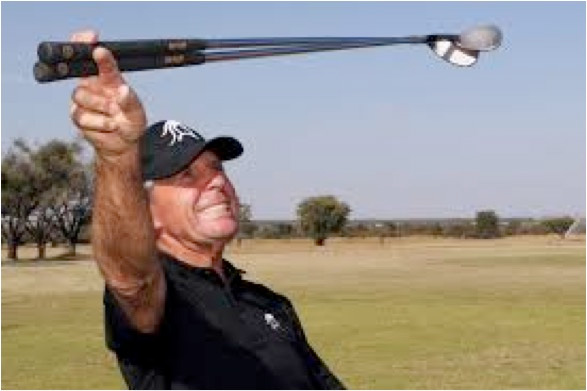
Gary Player or “Mister Fitness” at 82 - Photo: DR
Longevity remains unequivocally one of the attractions of this sport. Reasoned management of their golf and physical training as well as their schedule would exempt the pros from falling into the pitfall of doping and would allow them to reach their "peak" during Major tournaments while enjoying a career that would be spread out. over several decades.
Anyway, according to Ryan Myers, the coach of Zach Johnson and Billy Horschel "the physical preparation adapted to golfers is only in its infancy" (Golf Digest, 24/08/2017). It would be advisable to kiss it young (Rory McIlroy did not devote himself to it until he was 21) but above all to be well surrounded. Integrated into the lifestyle, a wise physical preparation would allow muscle strengthening upstream and subsequently, to combine power and flexibility. Better understood and better assimilated, it would emphasize muscle coordination and not swing speed. At the same time, it would remove the spectrum of substances harmful to the organism forever. See you in 20 years!
KMA is a former European Circuit player, co-editor of the Rolex Guide to the “1000 Best Golf Courses in the World” and co-owner of the Grand Saint Emilionnais Golf Club
Philippe Heuzé: An unforgettable day with Gary Player
Lacoste X Théo Curin: a new collection
The first Golf Art Fair at the Prieuré golf course







